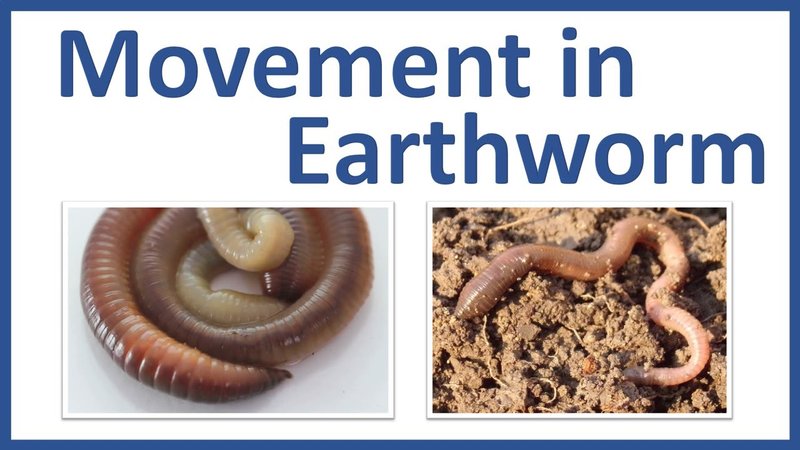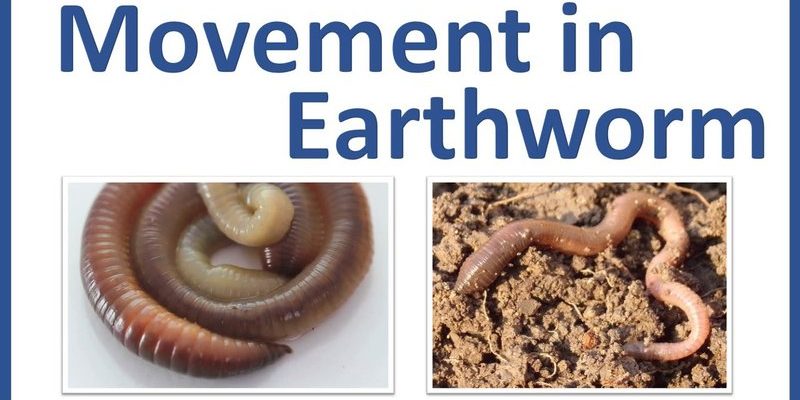
Earthworms are fascinating organisms that play a vital role in our ecosystems. They help aerate the soil, break down organic matter, and improve nutrient cycling. However, their behavior can be influenced by various external factors, particularly weather. You might picture them as little weather forecasters, moving about in response to rain, temperature changes, or humidity levels. Curious about how they do it? I promise it’s more interesting than it sounds!
Understanding Earthworm Behavior
Earthworm behavior is quite intriguing. These creatures have a simple yet essential life: they burrow through the soil, consuming organic matter and excreting nutrient-rich castings. But it’s not just about eating and digging; they respond to environmental cues, especially weather conditions.
Earthworms breathe through their skin, so they prefer moist environments. When the soil dries out, they may migrate to deeper, wetter layers to avoid dehydration. Think of them as little moisture-seekers. If the surface soil becomes too dry, they’ll burrow down rather than face the risk of drying out. This way, they can stay healthy and active.
You might be wondering, “So, are they just hiding?” Not exactly! Earthworms are also known to come to the surface when it rains. The moisture from rain softens the soil, making it easier for them to move around and seek out new homes. Just like you might head outside to enjoy the fresh scent of rain, earthworms emerge to enjoy the cool, damp conditions—making it a perfect time for them to explore.
How Rain Affects Earthworm Migration
Rain plays a significant role in earthworm behavior. After a good downpour, you might see earthworms crawling around on sidewalks or driveways. This isn’t just a random occurrence; it’s a behavioral response to water saturation in the soil.
When the ground becomes saturated, earthworms come to the surface for a few reasons. First, the moist soil is easier to navigate than dry earth. Second, they might be looking for new food sources. As organic matter washes into the soil with rain, it provides a buffet for these hungry critters. They take advantage of the rain to expand their territory.
However, it’s not all sunshine and rainbows. If it rains too much and the soil becomes flooded, earthworms can find themselves in a precarious situation. Excess water can lead to low oxygen levels in the soil, which can stress them out. So, while rain is generally a good thing for earthworm migration, too much of it can be harmful.
Temperature and Earthworm Movement
You might think temperature is another key factor in earthworm migration, and you’d be right. Earthworms thrive in moderate temperatures, ideally between 50°F and 70°F (10°C to 21°C). When temperatures drop too low or rise too high, their activity can decrease significantly.
In colder months, earthworms tend to burrow deeper into the soil to escape the freeze. They effectively enter a state of dormancy, akin to hibernation. Just like how you might want to cozy up indoors during a chilly winter day, these little guys are avoiding the cold by snuggling deep into the earth.
On the flip side, during hot weather, if the surface soil becomes too dry, earthworms will move to cooler, moister areas. They’re essentially regulating their comfort zones, ensuring they don’t overheat or dry out. This ability to migrate based on temperature changes is crucial for their survival.
Humidity Levels and Earthworm Activity
Humidity is another essential factor that drives earthworm migration. Earthworms thrive in humid conditions because it helps keep their skin moist, which is vital for respiration. If you’re ever outside on a muggy day, you might feel the air thick with moisture. For earthworms, this is prime time for activity!
When humidity levels are high, earthworms are more likely to come to the surface and explore. It’s their way of taking advantage of favorable conditions. If the humidity dips, they’ll retreat into the depths of the soil to protect themselves from drying out. It’s a bit like how you might seek shade on a hot day or grab a drink of water when you’re thirsty.
So, when you notice the air feels heavy and damp, you might also notice more earthworms making an appearance. The high humidity not only encourages movement but also signals an opportunity for feeding, as more organic matter is available on the surface.
Earthworms and Seasonal Changes
Seasonal changes also influence earthworm behavior significantly. Spring and fall are peak migration periods, primarily due to moderate temperatures and increased moisture levels. As the snow melts in spring, the earthworms emerge to start their feeding frenzy, ready to consume the fresh organic matter that has accumulated over the winter.
Fall brings another opportunity for movement as the temperatures cool down. Earthworms take advantage of the damp, cooler conditions to migrate or burrow deeper, preparing for winter. Here’s the thing: it’s not just about surviving the current season; it’s about preparing for the next.
By adjusting their habits with the changing seasons, earthworms ensure they can find food and shelter year-round. They’re like nature’s little survivalists, adapting to their environment to thrive even when conditions change.
How Climate Change Impacts Earthworm Migration
Climate change is becoming a significant concern for many species, including earthworms. As temperatures rise and weather patterns shift, the behaviors and habitats of these important creatures can be affected.
For example, increased rainfall might seem beneficial at first, but if it leads to frequent flooding, it can disrupt their natural habitats. Earthworms that can’t adapt quickly enough may face challenges in finding food or oxygen in overly saturated soils. Over time, these changes could impact their populations and the ecosystems they contribute to.
Moreover, erratic temperature fluctuations could cause earthworms to struggle with their seasonal migration patterns. If winters become milder, they might not burrow as deeply, and if summers get hotter, they may not know when to come to the surface. It’s a tricky balancing act, and as climate conditions are increasingly unpredictable, the implications for earthworms—and the gardens and fields we rely on—are concerning.
The Role of Earthworms in Our Ecosystem
Despite their small size, earthworms play a massive role in our ecosystems. They’re often dubbed “nature’s ploughs” because of the way they aerate the soil, allowing air and water to penetrate deeper layers. This process is crucial for plant growth and overall soil health.
Additionally, their castings—what you might think of as worm poop—are packed with nutrients that enrich the soil. When earthworms migrate, they also help disperse these nutrients throughout the environment, supporting healthy ecosystems.
So, while it might be easy to overlook these little creatures, they’re working hard beneath the surface, providing critical support for the plants and animals that depend on healthy soil. Understanding their migration patterns based on weather can help us appreciate their role even more.
In conclusion, whether it’s rain, humidity, temperature changes, or seasonal shifts, earthworms are constantly adapting to their environment. These earth-dwelling creatures may seem small, but their impacts are significant and far-reaching. By understanding how they migrate based on weather, we can appreciate the incredible roles they play in our ecosystems and the importance of preserving their habitats for a balance in nature. So, next time you see some earthworms squiggling by, remember that they’re just doing what they do best—navigating the ever-changing world beneath our feet.

